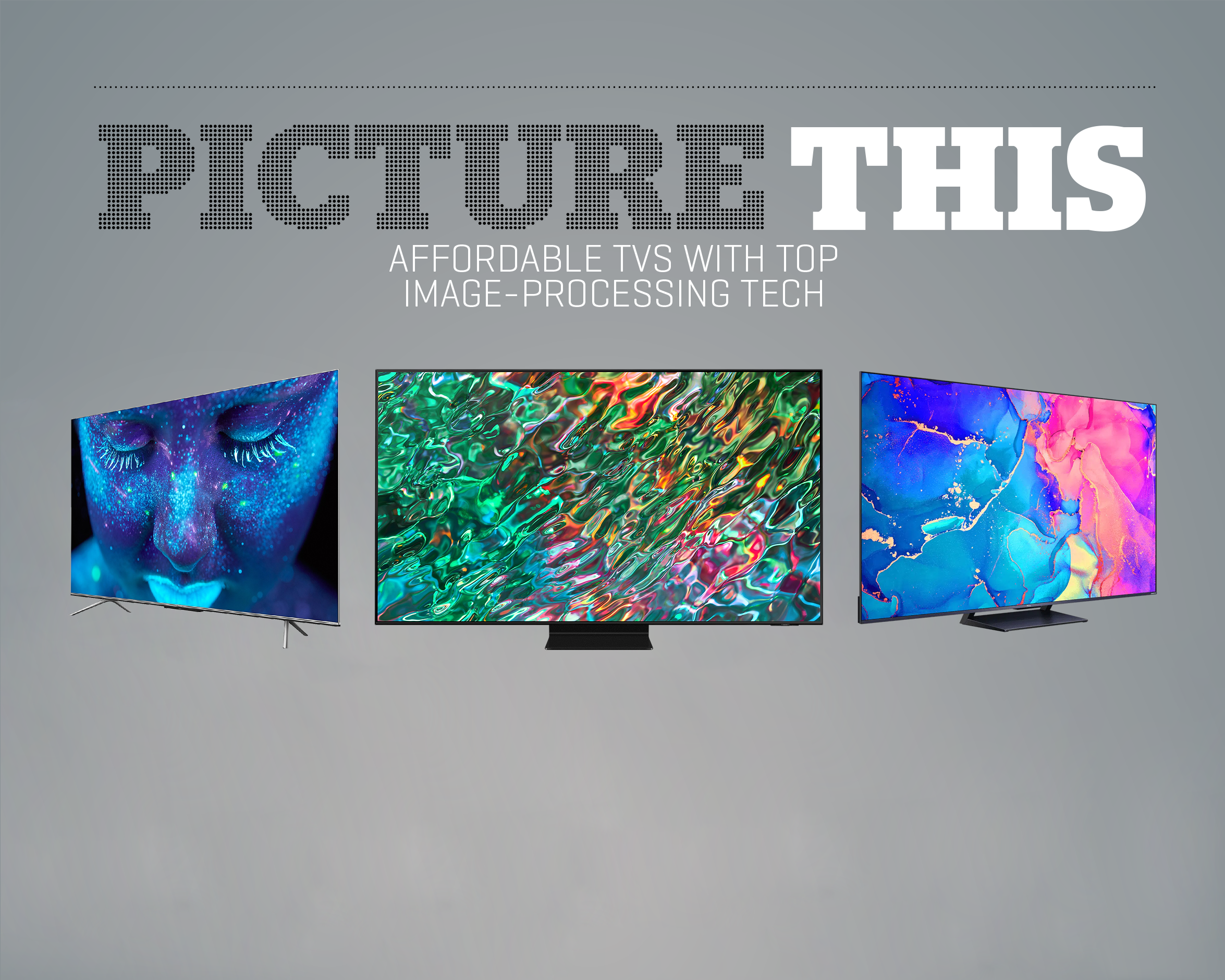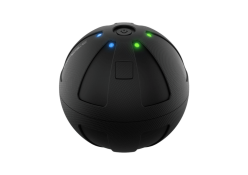When it comes to TV’s, bigger definitely doesn’t mean better. When shopping with a modest budget, it’s better to buy a smaller TV with better image quality and features.
In TVs, just like headphones, speakers, laptops and smartphones, bigger does not automatically mean better. When TV shopping on a modest budget, it’s always better to buy a smaller TV with better image quality and features than to focus on size alone. Besides being difficult to watch in smaller living rooms, buying a TV is a long-term decision, and enjoyable quality viewing over time should trump the short-term thrill of having the biggest TV on the street. Keep in mind these hints to top image processing:
4K vs UHD vs FHD
Ultra High Definition, also known as 4K, is twice as detailed as full HD and is now the standard resolution for all new TVs. 8K TVs are increasingly available, but they are very expensive and the screen image may be more detailed than the human eye can see.
Also read: Why electronic devices employ tech for eye tracking
HDR vs QLED vs Quantum dot
Using thousands of tiny mini-LEDs for backlighting allows the modern TV to dim and brighten screen areas strategically depending on the video stream. Passing this backlight through a molecular layer called Quantum Dots produces a QLED screen image with more than a billion different colours. These technologies work together to create a far more sophisticated picture with high dynamic range HDR, Dolby Vision and other systems.
Operating systems
Many TV makers still create their own operating systems, but many more now use the Google TV OS, which itself replaces Android TV OS. The biggest advantage of this is that the Play Store will always have all streaming apps available, including local services like DSTV and Showmax, for example. The same cannot be said for the operating systems with small market share.
Voice controls
For several years TV makers have offered voice controls for managing your set, and for searching for video content and apps. However, there does not appear to be much uptake of people wanting to talk to their TVs, and so the novelty of voice control remains a hit-and-miss solution looking for a problem.
Gaming Budget
TV sets rarely offer the native high refresh rates above 100 Hz prized by the more serious gamers. Most sets can achieve this high refresh rate by bypassing the heavy processing that produces a superior image for shows and movies, but slows down image input. All the sets on test do offer the required HDMI 2.1 port, though.
Digital TV
South Africa is among the last African countries to switch to digital TV. All the TVs on test here have a digital TV tuner built in, which will allow viewers to tune in to dozens of extra TV channels in HD at no extra cost. The broadcast standards are DBV-T, DBV-T2 and DVB-S2
Ports
All TVs on test here have several HDMI and USB ports. However, these have become much less important because wireless network connections now deliver videos from both streaming services and from phones and PC hard drives on your home network. Video-game consoles are the exception. Unless you’re still using a DVD player, of course.
Also read: Wireless speakers for anyone on the go
Enjoy this read? Subscribe HERE for more tech updates!







